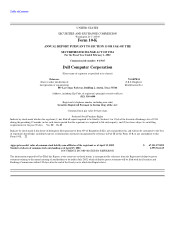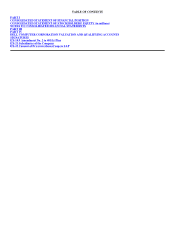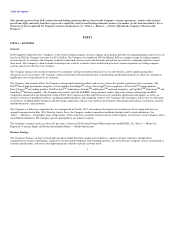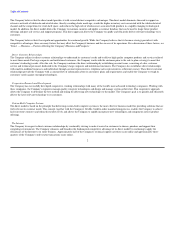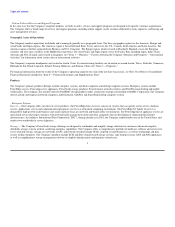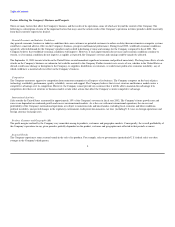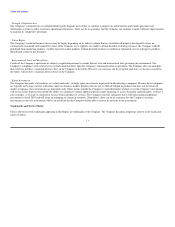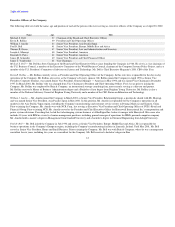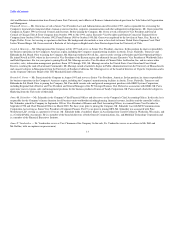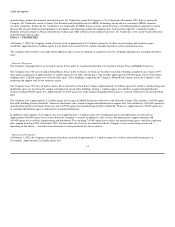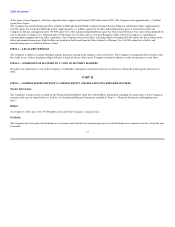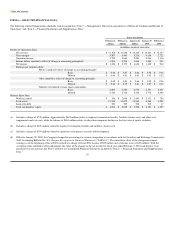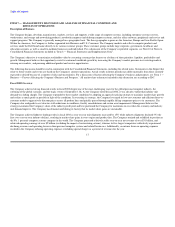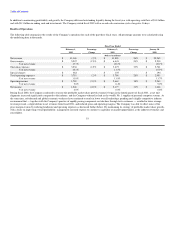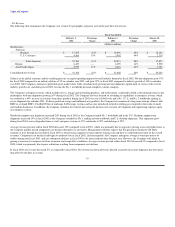Dell 2001 Annual Report Download - page 12
Download and view the complete annual report
Please find page 12 of the 2001 Dell annual report below. You can navigate through the pages in the report by either clicking on the pages listed below, or by using the keyword search tool below to find specific information within the annual report.
Table of Contents
Factors Affecting the Company's Business and Prospects
There are many factors that affect the Company's business and the results of its operations, some of which are beyond the control of the Company. The
following is a description of some of the important factors that may cause the actual results of the Company's operations in future periods to differ materially
from those currently expected or desired.
General Economic and Industry Conditions
Any general economic, business or industry conditions that cause customers or potential customers to reduce or delay their investments in computer systems
could have a material adverse effect on the Company's business, prospects and financial performance. During fiscal 2002, worldwide economic conditions
negatively affected demand for the Company's products and resulted in declining revenue and earnings for the Company compared to fiscal 2001. The
Company believes that worldwide economic conditions will improve. However, if such improvements do not occur and economic conditions continue to
worsen, or if economic conditions do not improve as rapidly as expected, the Company's revenue and earnings could be negatively affected.
The September 11, 2001 terrorist attacks on the United States created immediate significant economic and political uncertainty. The long-term effects of such
attacks on the Company's business are unknown, but could be material to the Company. Further terrorists acts or acts of war, whether in the United States or
abroad, could cause damage or disruption to the Company, its suppliers, distributors or customers, or could create political or economic instability, any of
which could have a material adverse effect on the Company's business.
Competition
The Company encounters aggressive competition from numerous companies in all aspects of its business. The Company competes on the basis of price,
technology availability, performance, quality, reliability, service and support. The Company believes that its cost structure and business model creates a
competitive advantage over its competitors. However, the Company cannot provide any assurance that it will be able to maintain this advantage if its
competitors alter their cost structure or business model, or take other actions that affect the Company's current competitive advantage.
International Activities
Sales outside the United States accounted for approximately 35% of the Company's revenues in fiscal year 2002. The Company's future growth rates and
success are dependent on continued growth and success in international markets. As is the case with most international operations, the success and
profitability of the Company's international operations are subject to numerous risks and uncertainties, including local economic and labor conditions,
political instability, unexpected changes in the regulatory environment, trade protection measures, tax laws (including U.S. taxes on foreign operations) and
foreign currency exchange rates.
Product, Customer and Geographic Mix
The profit margins realized by the Company vary somewhat among its products, customers and geographic markets. Consequently, the overall profitability of
the Company's operations in any given period is partially dependent on the product, customer and geographic mix reflected in that period's revenues.
Seasonal Trends
The Company experiences some seasonal trends in the sale of its products. For example, sales to governments (particularly U.S. federal sales) are often
stronger in the Company's third quarter,
9


